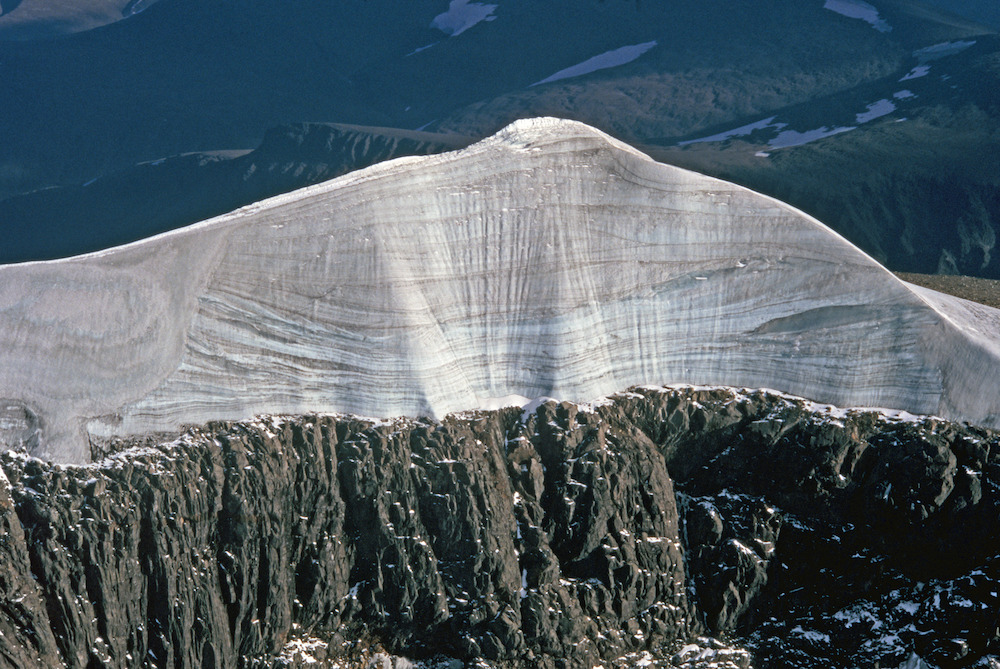A melting glacier keeps shrinking Sweden’s highest mountain
The glacier that tops what was once the country’s highest summit has shrunk by a meter each year this century.

Sweden’s highest mountain is — as it always has been — Kebnekaise, in the country’s far North. But the retreat this summer of the glacier topping Kebnekaise’s southern peak means that Sweden’s highest point is now it’s 2,096.8-meter northern peak.
Measurements taken earlier this month show that height of the the southern peak had declined to 2,069.5 meters, according to scientists with the University of Stockholm. When the official height is taken at the end of the melt season in September, it will likely be lower.
Last year’s official measurement put the height of the southern peak at 2,069.6 meters.
[Iceland unveils a memorial plaque for the first glacier it has lost]
Over the past 50 years, the retreat of glacier has reduced the height of the southern peak by 24 meters, with the pace of retreat accelerating to about a meter annually since the turn of the century.
The northern peak is not covered by a glacier and its height has not changed during the period.
Once the snow season begins, the height of the southern peak can again be expected to surpass the height of the northern peak, but the official height will remain the peak of the glacier at the end of the melting season.
[We mapped the world’s frozen peatlands. What we found was very worrying]
This is the second year running that the northern peak was higher during the summer. During the winter, the glacier can grow by more than four meters, and the seasonal exchange of titles as Sweden’s highest point will repeat itself until the glacier no longer grows enough during the winter to allow the southern peak to rise higher than the northern peak.
Without the glacier, the height of the southern peak is 2,060 meters.
Snowfall amounts can vary, but summer temperatures have risen consistently during the period, and the glacier now shrinks by about 15 centimeters per day during the melting season, a pace that is too fast to allow the glacier to replenish itself during the winter, according to Gunhild Ninis Rosqvist, of the University of Stockholm.
The Kebnekaise glacier is considered to be a minor glacier, and the environmental impact of its melting on the environment is expected to be limited. Instead, glaciologist Per Holmlund, of the University of Stockholm, reckoned that the loss of the glacier and the loss of the country’s highest peak had significant symbolic value as a sign of the effects of global warming.
Kebnekaise northern and southern peak heights
Northern peak
1969: 2,120 meters
1979: 2,117 meters
1989: 2,114 meters
1999: 2,108 meters
2009: 2,104 meters
2019: 2,096 meters (2,095.6 meters)
Southern peak
2,097 meters (2,096.8 meters)
Source: Tarfala Research Station